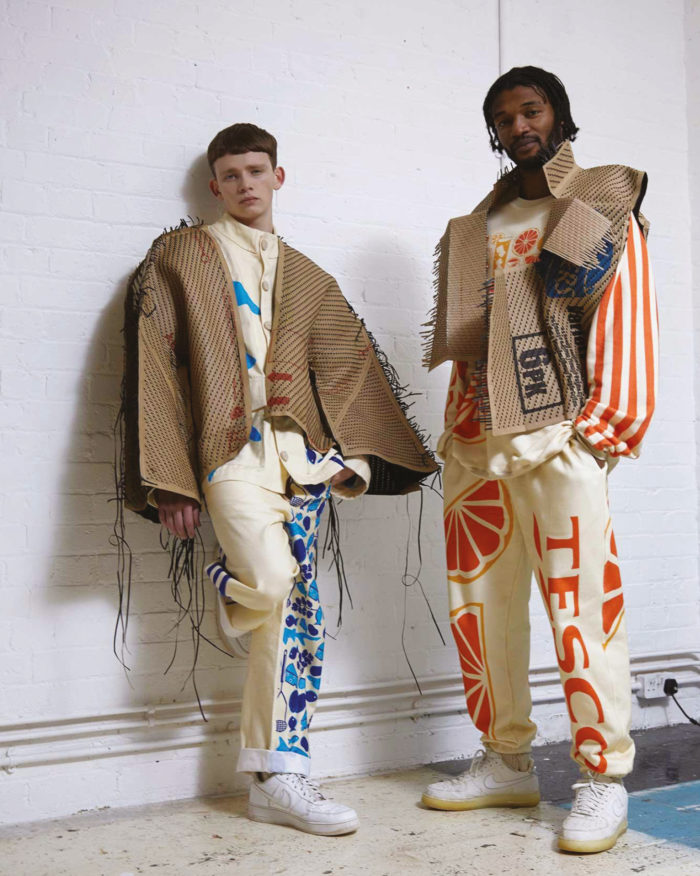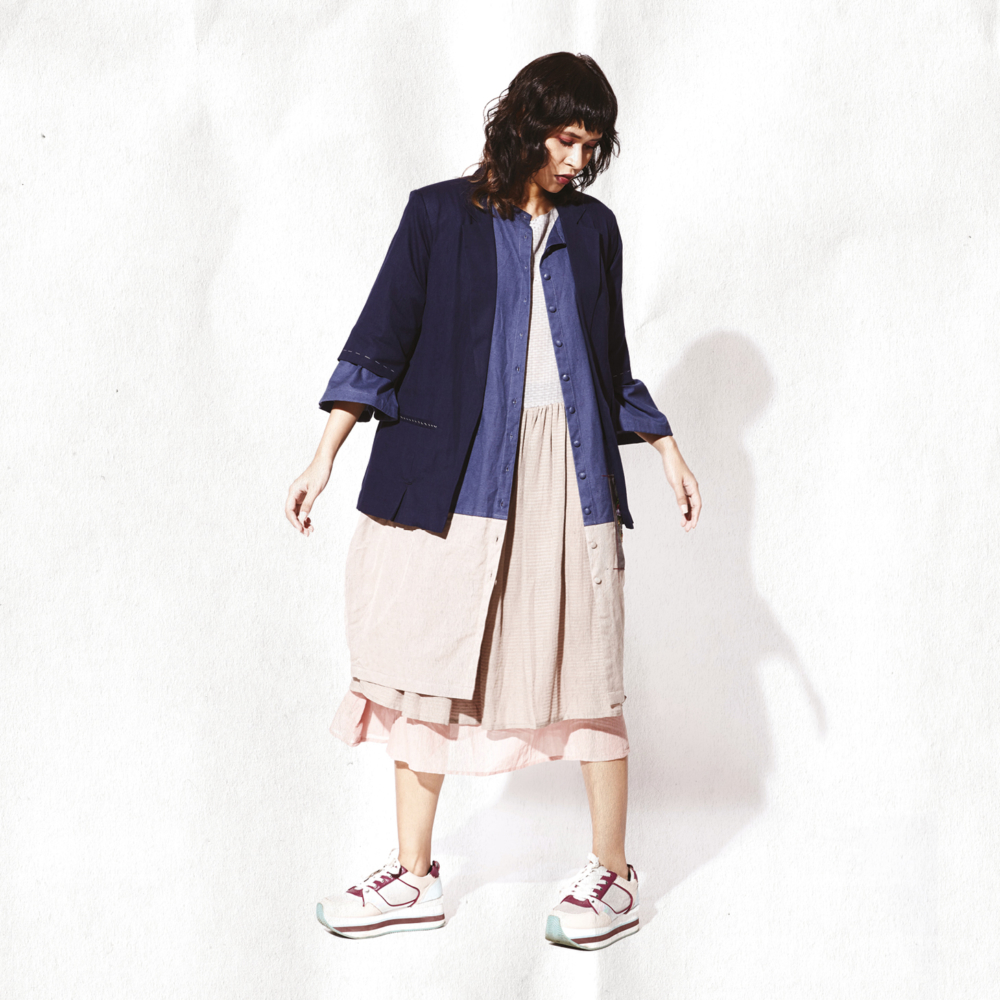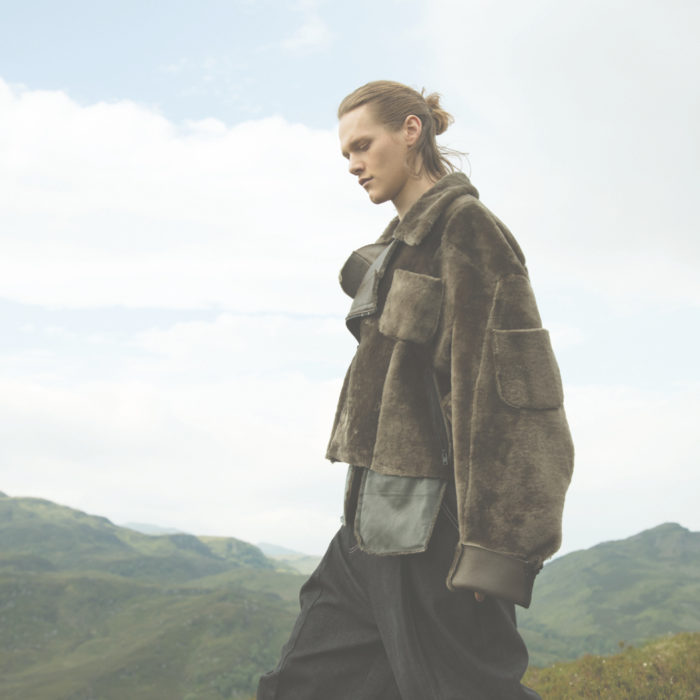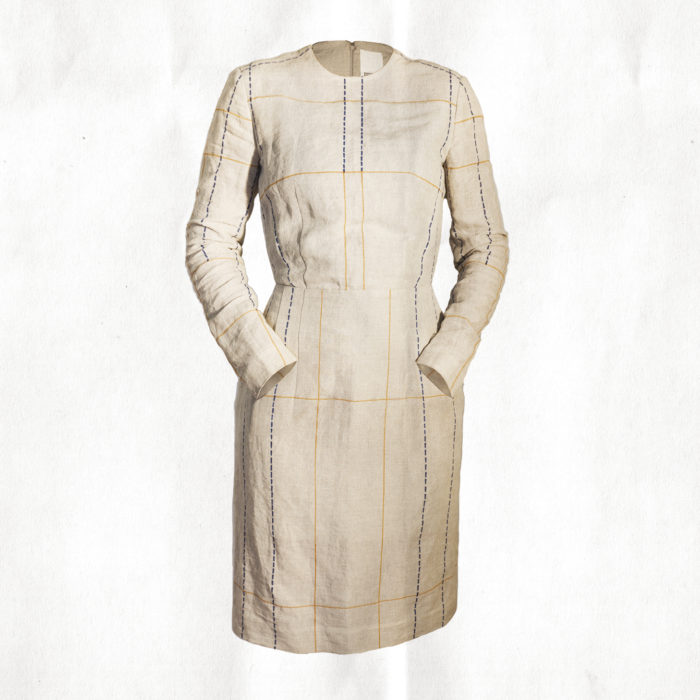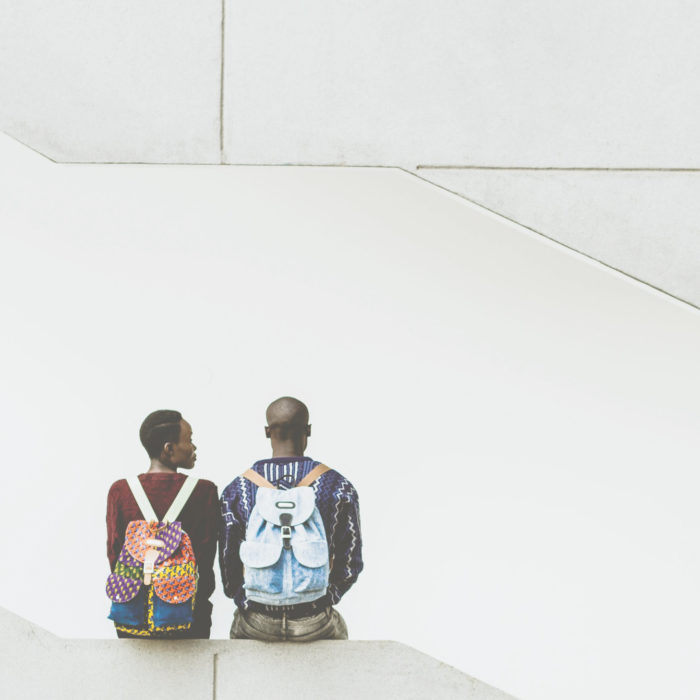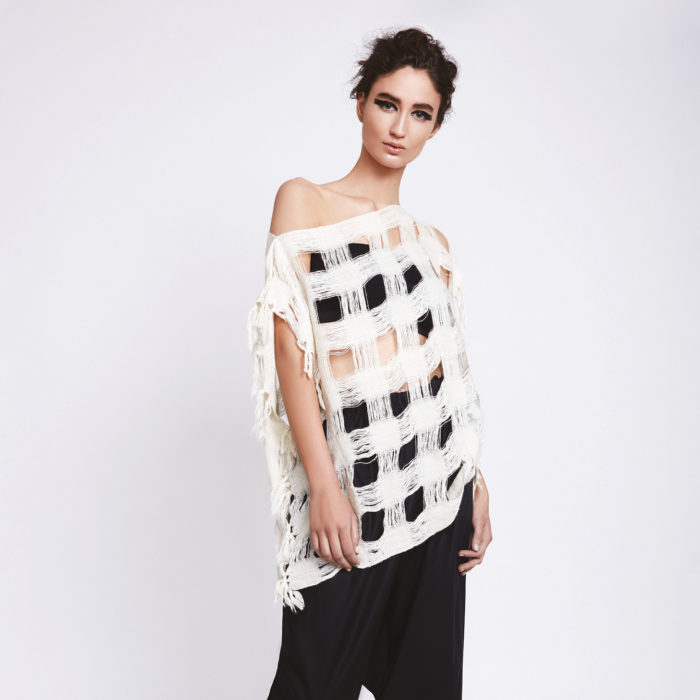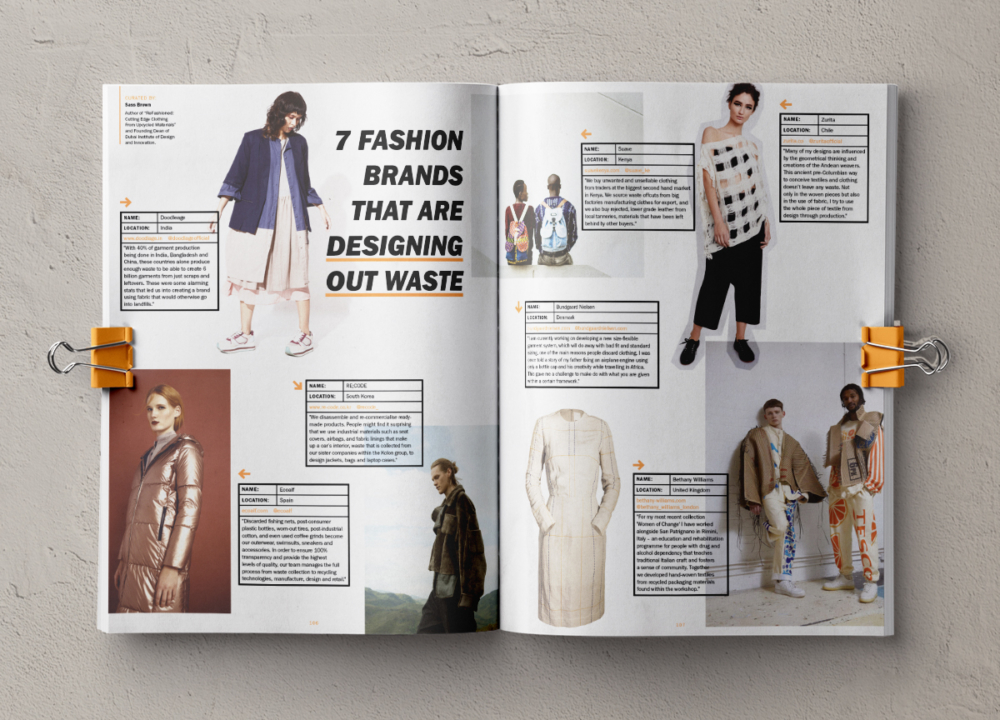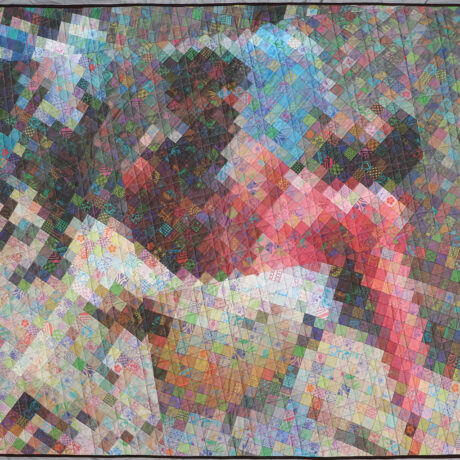7 fashion brands that are designing out waste
Here are 7 brands from around the world that are tackling waste in exciting and innovative ways….
Bethany Williams
Bethany Williams believes that social and environmental issues go hand in hand and through exploring the connection between these issues we may find innovative design solutions to sustainability.
Each garment is 100% sustainable and made in the UK, even down to the buttons which are hand crafted in the Lake District. She has collaborated with TIH Models, a new modelling agency supporting youth in London affected by homelessness, casting Kris McAllister and Mustapha, both homeless and unemployed in London, for the collection Women of Change.
“For my most recent collection ‘Women of Change’ I have worked alongside San Patrignano in Rimini, Italy – an education and rehabilitation programme for people with drug and alcohol dependency that teaches traditional Italian craft and fosters a sense of community. Together we developed hand-woven textiles from recycled packaging materials found within the workshop.”
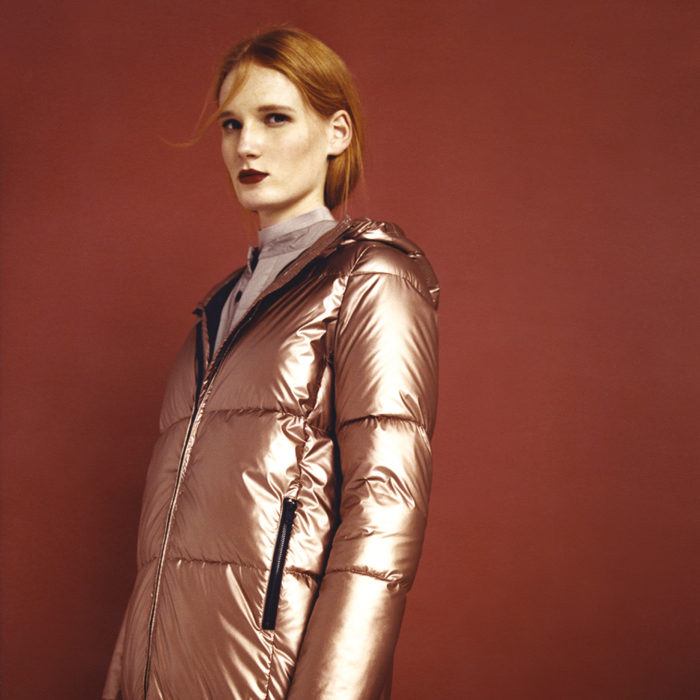
Ecoalf
Born of frustration with the excessive use of the world’s natural resources, and the amount of waste produced by industrialized countries, spanish brand Ecoalf was founded on the principles of recycling. The intent to create a truly sustainable fashion brand, started at the source, and as the result of limited choices in the marketplace of 100% recycled materials.
“Discarded fishing nets, post-consumer plastic bottles, worn-out tires, post-industrial cotton, and even used coffee grinds become our outerwear, swimsuits, sneakers and accessories. In order to ensure 100% transparency and provide the highest levels of quality, our team manages the full process from waste collection to recycling technologies, manufacture, design and retail.”
Doodlage
Based in India, Doodlage is a perfect sync of sustainability and innovativeness. They work with eco-friendly fabrics, such as organic cotton, corn fabric, banana fabric. Another source of fabric is the left over or quality, discarded textile from large manufacturers, which account for the “wastage” in export terms. They also source fabrics, which are left unused by other retailers post-cutting. Much like pieces of a puzzle, these bits and pieces come together, each with its own story.
“With 40% of garment production being done in India, Bangladesh and China, these countries alone produce enough waste to be able to create 6 billion garments from just scraps and leftovers. These were some alarming stats that led us into creating a brand using fabric that would otherwise go into landfills.”
Re;code
Re;code are a Korean brand specialising in upcycling. Each item in the collection has a story, and creates a new culture of value in place of waste. They work with the mentally handicapped and the ‘Goodwill Store’ to deconstruct salvaged materials ready for reinterpretation and redesign
“We disassemble and re-commercialise ready-made products. People might find it surprising that we use industrial materials such as seat covers, airbags, and fabric linings that make up a car’s interior, waste that is collected from our sister companies within the Kolon group, to design jackets, bags and laptop cases.”
Bundgaard Nielsen
Bungaard Nielsen is a crafts laboratory based in Copenhagen, Denmark. The ‘Circle 1 dress’ pictured above, rebels against standardisation of the design of clothing, instead offering a more sustainable and size-flexible form.
“I am currently working on developing a new size-flexible garment system, which will do away with bad fit and standard sizing, one of the main reasons people discard clothing. I was once told a story of my father fixing an airplane engine using only a bottle cap and his creativity while travelling in Africa. This gave me a challenge to make do with what you are given within a certain framework.”
Suave
Kenyan brand Suave is all about breathing new life into old, creating colourful backpacks, satchels and laptop sleeves made from recycled fabrics and locally sourced African fabrics. They source their material from off cut fabrics and unwanted leather by working with second hand traders, factories and tanneries .
“We buy unwanted and unsellable clothing from traders at the biggest second hand market in Kenya. We source waste offcuts from big factories manufacturing clothes for export, and we also buy rejected, lower grade leather from local tanneries, materials that have been left behind by other buyers.”
Zurita
Zurita is an ethical womenswear collection with the craft knowledge and heritage of Latin American. Working with camelid fibers such as alpaca, organic pima cotton and silk, silhouettes are loose with geometric cuts and produced in a range of natural colors from gray through brown and black to white, with blue and yellow.
“Many of my designs are influenced by the geometrical thinking and creations of the Andean weavers. This ancient pre-Columbian way to conceive textiles and clothing doesn’t leave any waste. Not only in the woven pieces but also in the use of fabric, I try to use the whole piece of textile from design through production.”
These brands were curated by Sass Brown for the Fashion Revolution fanzine LOVED CLOTHES LAST. Buy your copy here.
As an author, educator, researcher and writer, Sass Brown’s area of expertise is ethical fashion in all its forms from slow design and heritage craft skills to recycling, reuse and alternative business models.




